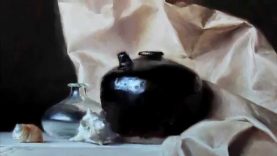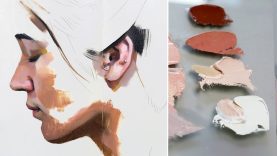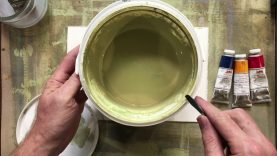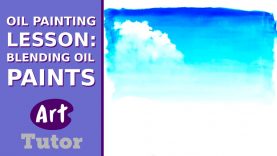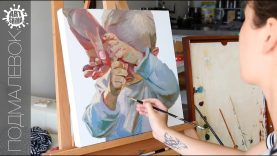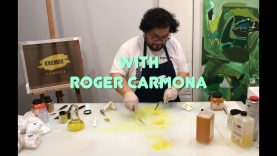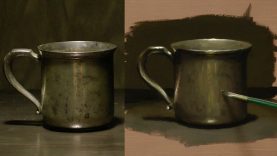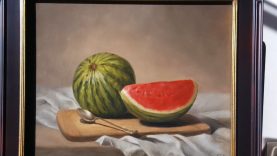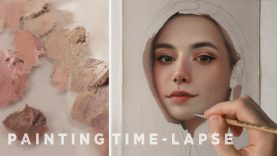Creating Impastos in Oil Painting
The simplest way to create an impasto surface is to apply paint in large amounts, usually with either a brush or palette knife. Commercial oil colors have a heavy consistency, so this can be achieved by working directly from the tube applying the colors in thick layers. Opacity and built-up texture are usually interrelated, with much of the thickest impasto consisting of solid and opaque pigments, such as lead white or titanium white. Passages of thickly applied paint can also be translucent, so extender pigments are chosen that supply both bulk and transparency.
As technical director of Natural Pigments, I spent many hours examining the impastos of such old masters as Rembrandt and Velázquez to understand the variety of textures they employed in their paintings. The advantage they had over artists today is that they hand made their paint, so they could arrive at an endless variety of effects by tailoring the ingredients in the paint to provide the proper consistency. Not allowing this to become a disadvantage today, I sought to develop oil paint that not only has a wide range of behavior, but also painting amendments that artists today can use to change this behavior. For impastos, Rublev Colours offers three paste and putty mediums: Velázquez Medium, Impasto Medium and Impasto Putty.
Available at local art supply retailers and online at http://www.naturalpigments.com






